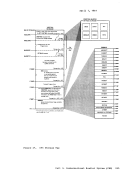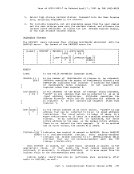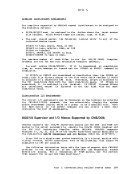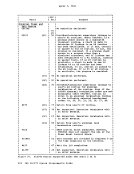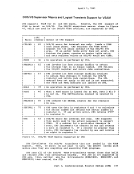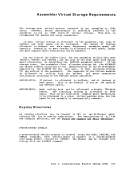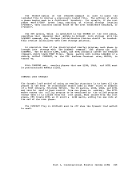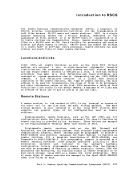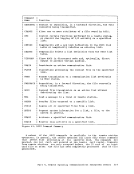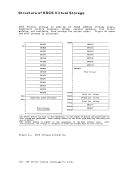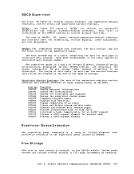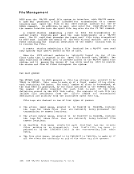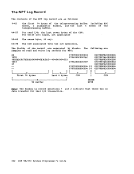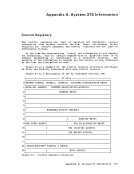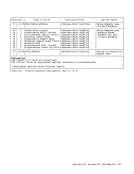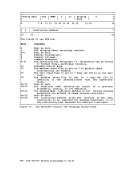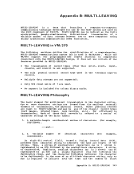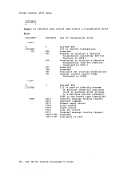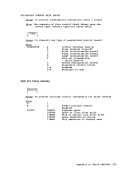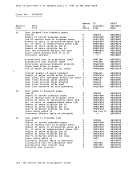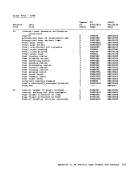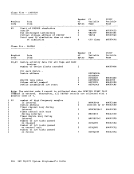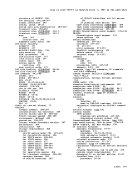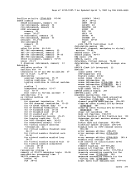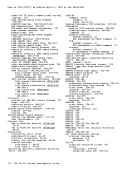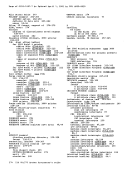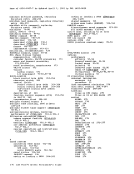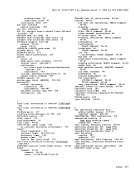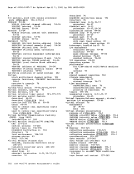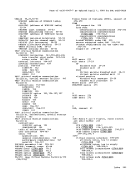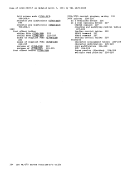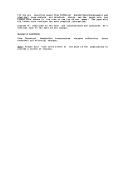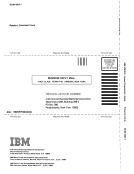Note: The ACCTON COpy file distributed with Ve/370 contains the basIc logic required to enhance system security based on the 3277 Operator Identification Card Rsadsr f€ature. Additional checking may be added to examine or validate the data read from the
identification card.ACCTOFF (account off) for action at logo!! time. Th1S section
contains the code that fills in the account card fields. It does
not reset any internal data. This file exists in bothDMKICO and DMKCKP (checkpoint). If the ICCTOFF copy file is changed, both
modules should be reassembled.
2.CP has no provision for writing the accounting records to disk. 3. In addition to CP accounting, your installation can use the
accounting routines to supply virtual machine operatingsystea accounting records. This provides a means of job accounting and
operating system resource usage accounting.
4. If no punch is generated in theVM/370 system, accounting records
are not queued for punching. TheICCTON and lCCTOFF copy files are
still called, however.Part 2. Control program (CP) 131
identification card.
contains the code that fills in the account card fields. It does
not reset any internal data. This file exists in both
modules should be reassembled.
2.
accounting routines to supply virtual machine operating
operating system resource usage accounting.
4. If no punch is generated in the
are not queued for punching. The
still called, however.

























































































































































































































































































